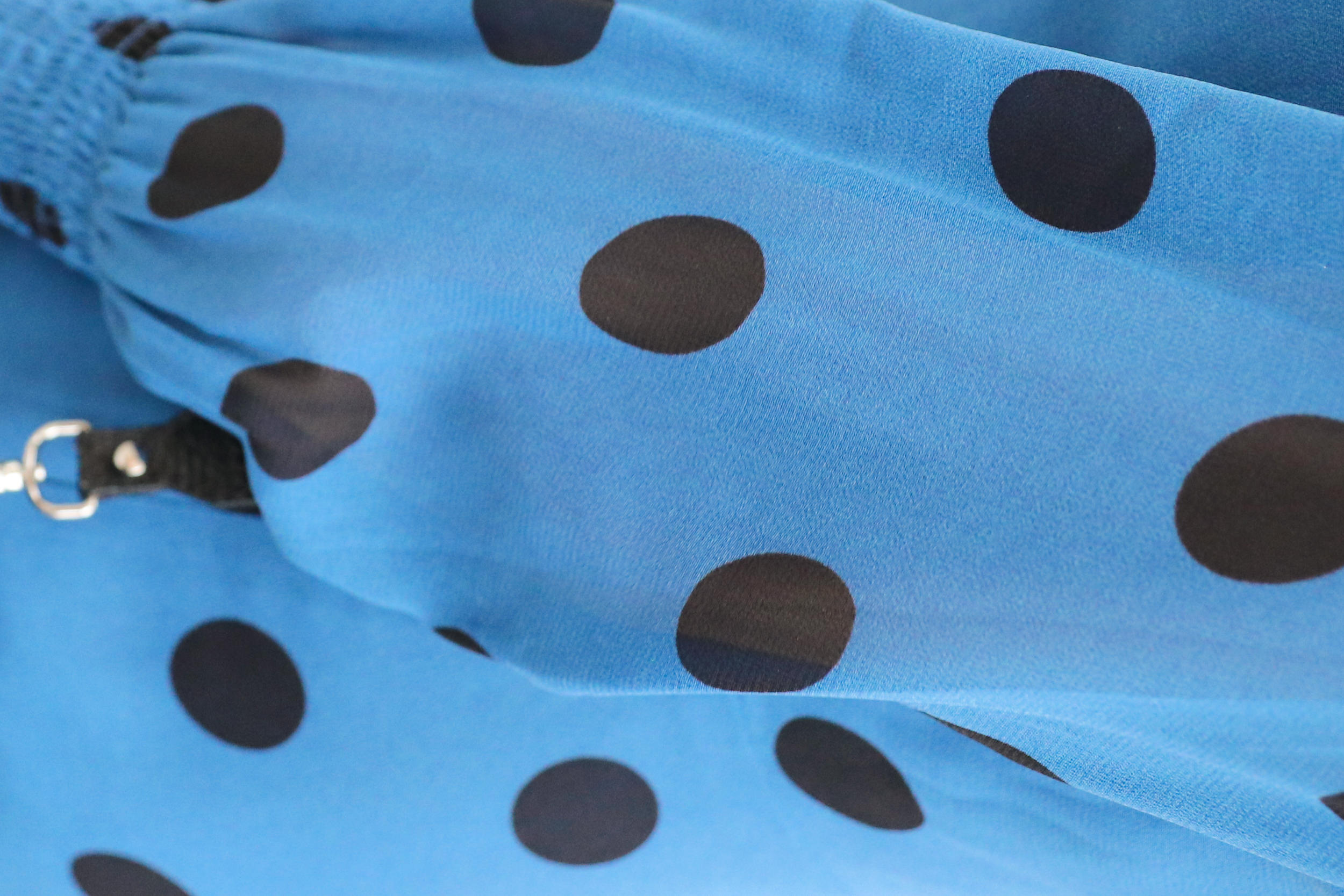
Going through my wardrobe in preparation for this post, I quickly realized that dresses are a clear dominant category. As much as I obsess over celebrities who rock pant suits on red carpets or as much as I love all my trousers and jeans, I still go through phases when I basically live in a dress.
The dresses I own split into a few categories when it comes to the source: old fast fashion ones that I took care of well enough to make them last this long, thrifted pieces I purchased after adapting a sustainable lifestyle, dresses gifted to me by my stylish mom (also a form of thrifting, I suppose) or recently purchased pieces by ethical brands. New additions in that last group were produced in such amazing quality by brands that actually audit their production process, take care of their workers, take steps to care for our planet and reduce production quantities… that I was inspired to continue my series of guides with a collection of dresses by ethical brands.
Beautiful blues of the Reformation dress I’m wearing in this post were the second source of inspiration (I have an entire post about why I love Reformation and what ethical initiatives they’re taking as a brand.) It is also very versatile and intended for a wide range of occasions, which is another thing I recommend thinking about when choosing your next new dress. Of course, my number one shopping recommendation is still thrifting: online and physical thrift stores have an impressive variety of dresses to choose from and you never know what you’ll find and how inexpensive it can get. But when shopping for new clothes, I definitely urge you to check out the brands below.

– Recycled Materials
– Ethical Production
– Factory Audits
– Offsets Carbon Emissions
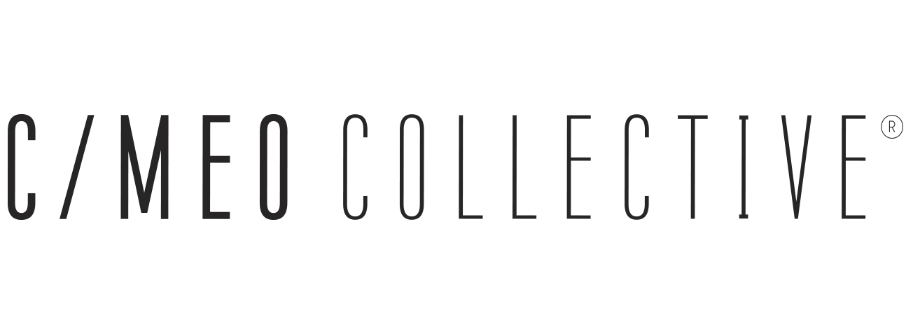
– Seasonal Production Output
– Ethical Production
– Supplier Code of Conduct
– Factory Audits
“We work with our suppliers (based in China and India) and our customers to ensure an ethical and sustainable supply chain, and all of our suppliers have signed up to the “Australian Fashion Labels (AFL) Supplier Code of Conduct.”

– Fair Trade
– Ethical Production
– Organic Fabrics
– Soil Association Certification
“The core mission has stayed the same over the past three decades since award-winning social entrepreneur Safia Minney founded the company. Every product is made to the highest ethical and environmental standards from start to finish.”

– Ethical Production
– Repurposed Fabrics
– Recycled

– Organic / Recycled
– Responsible Production
– “Wear more, wash less” manual

– Ethical Production
– Biodegradable Fabrics
– Reduction of Water Use
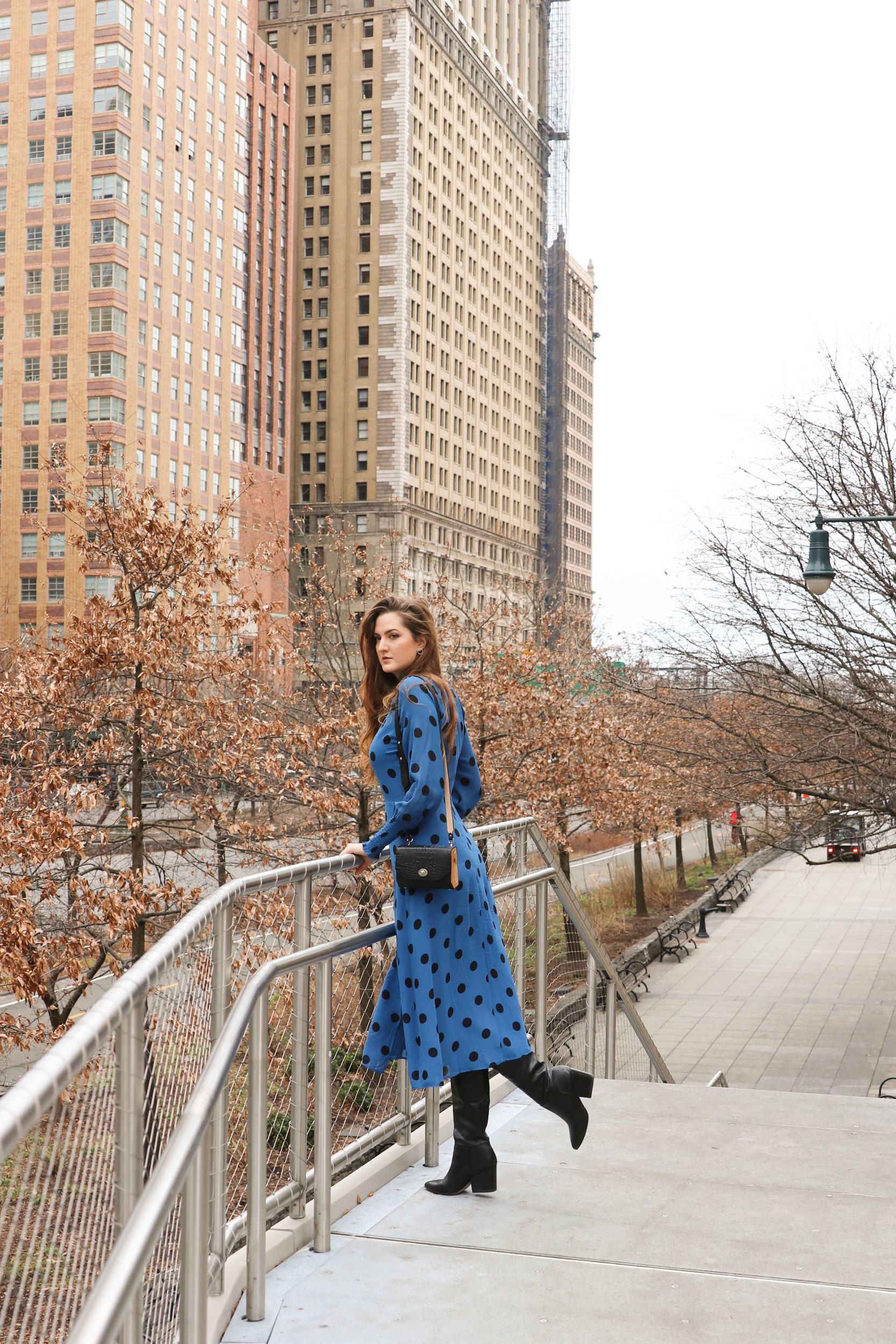
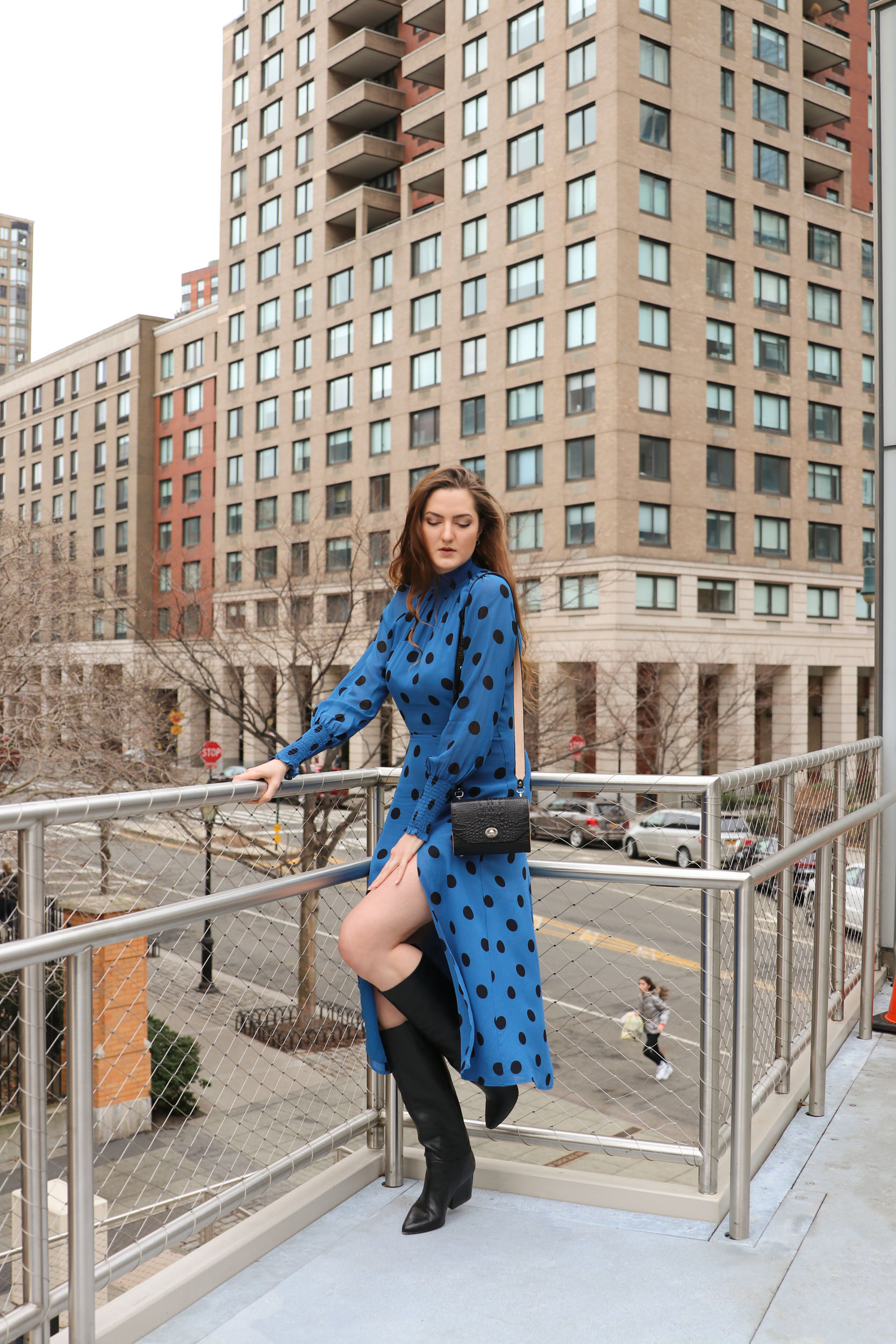
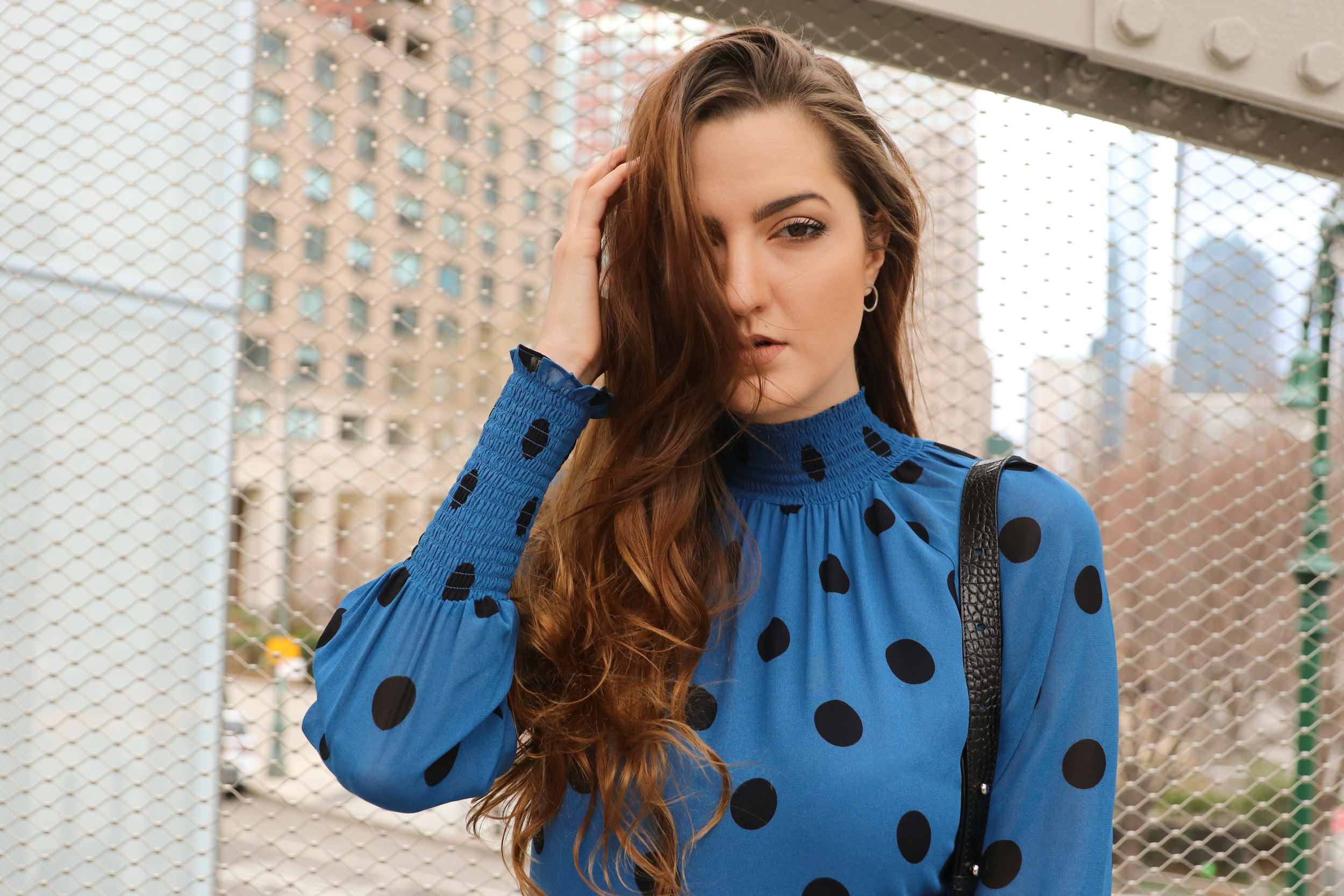
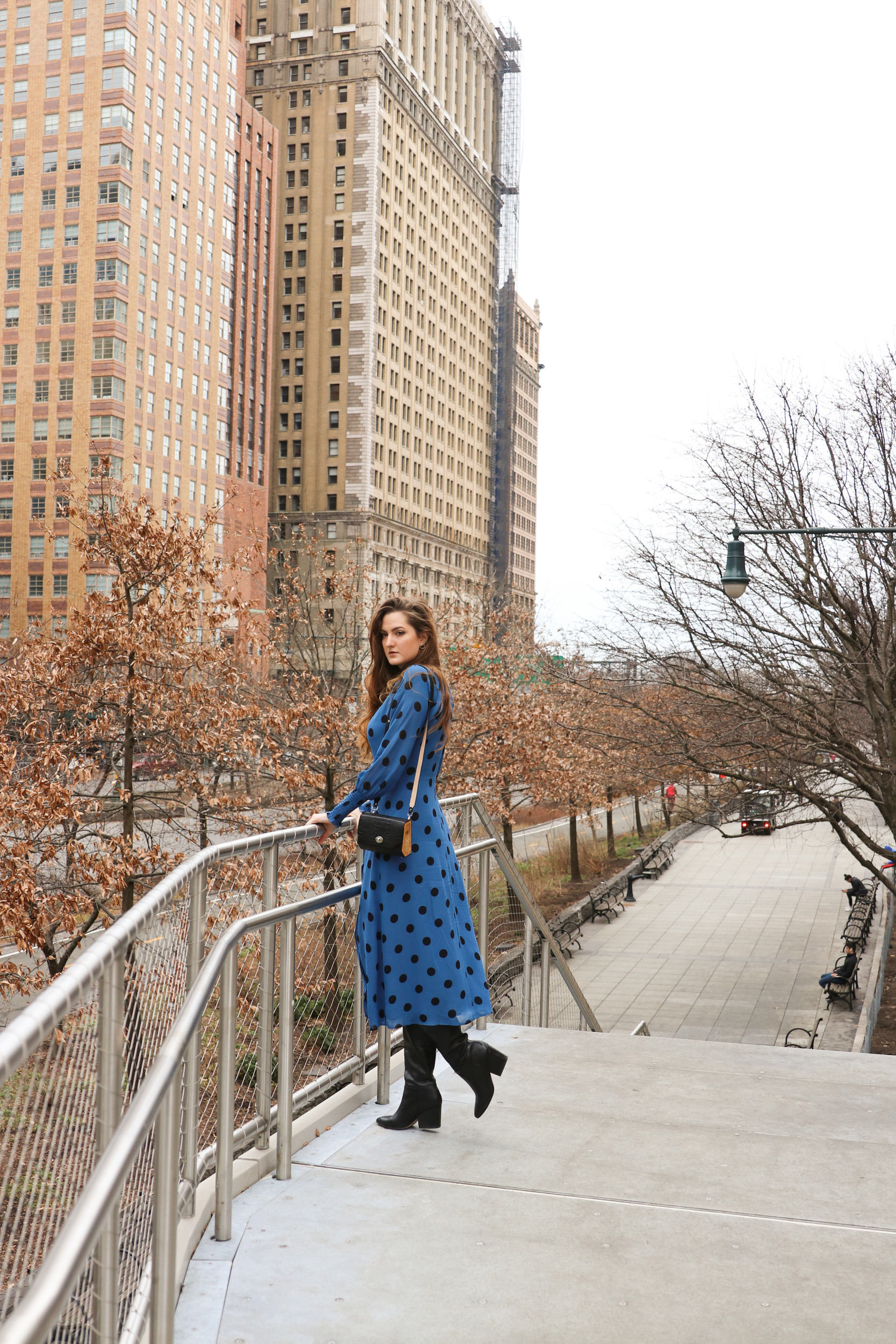
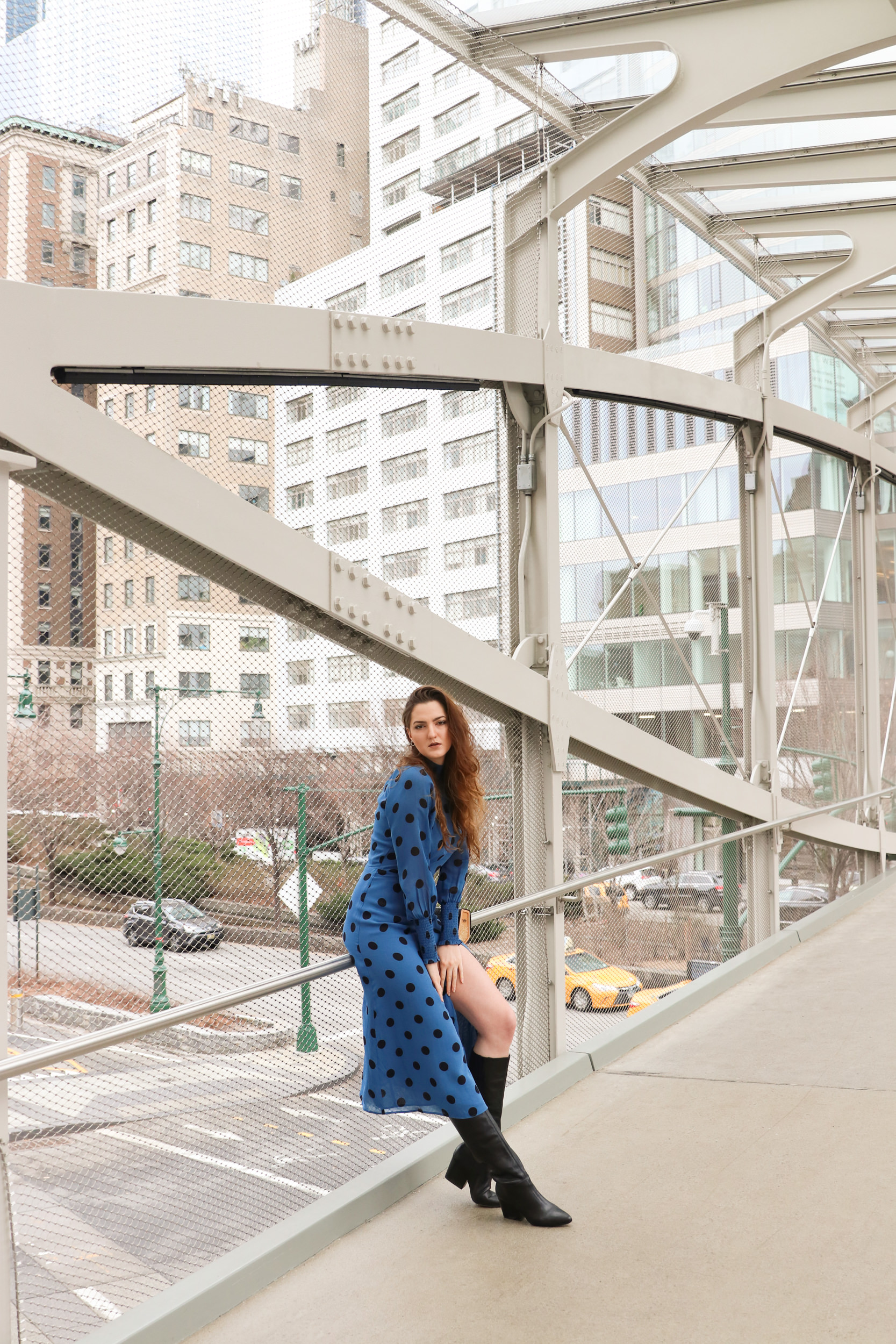
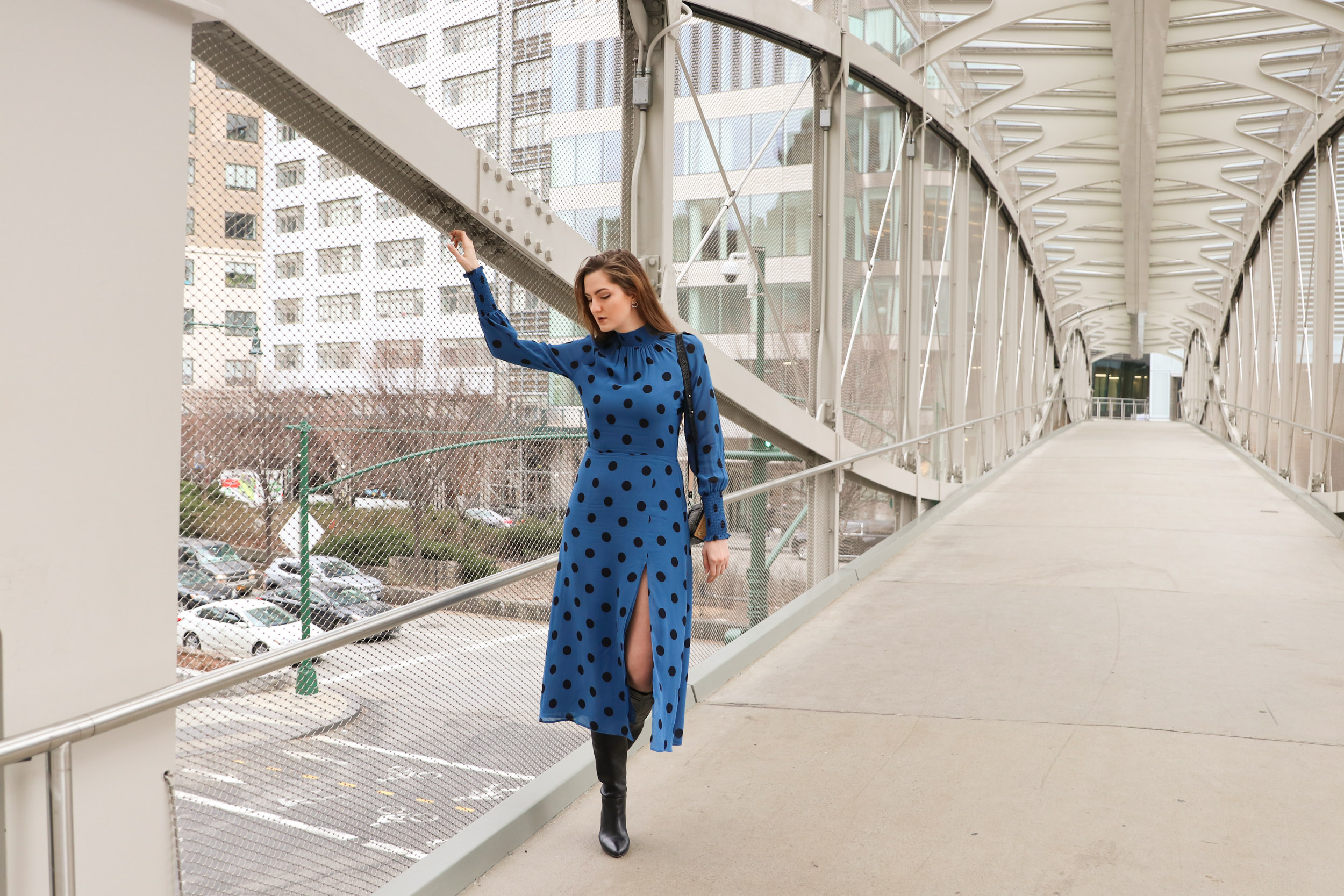
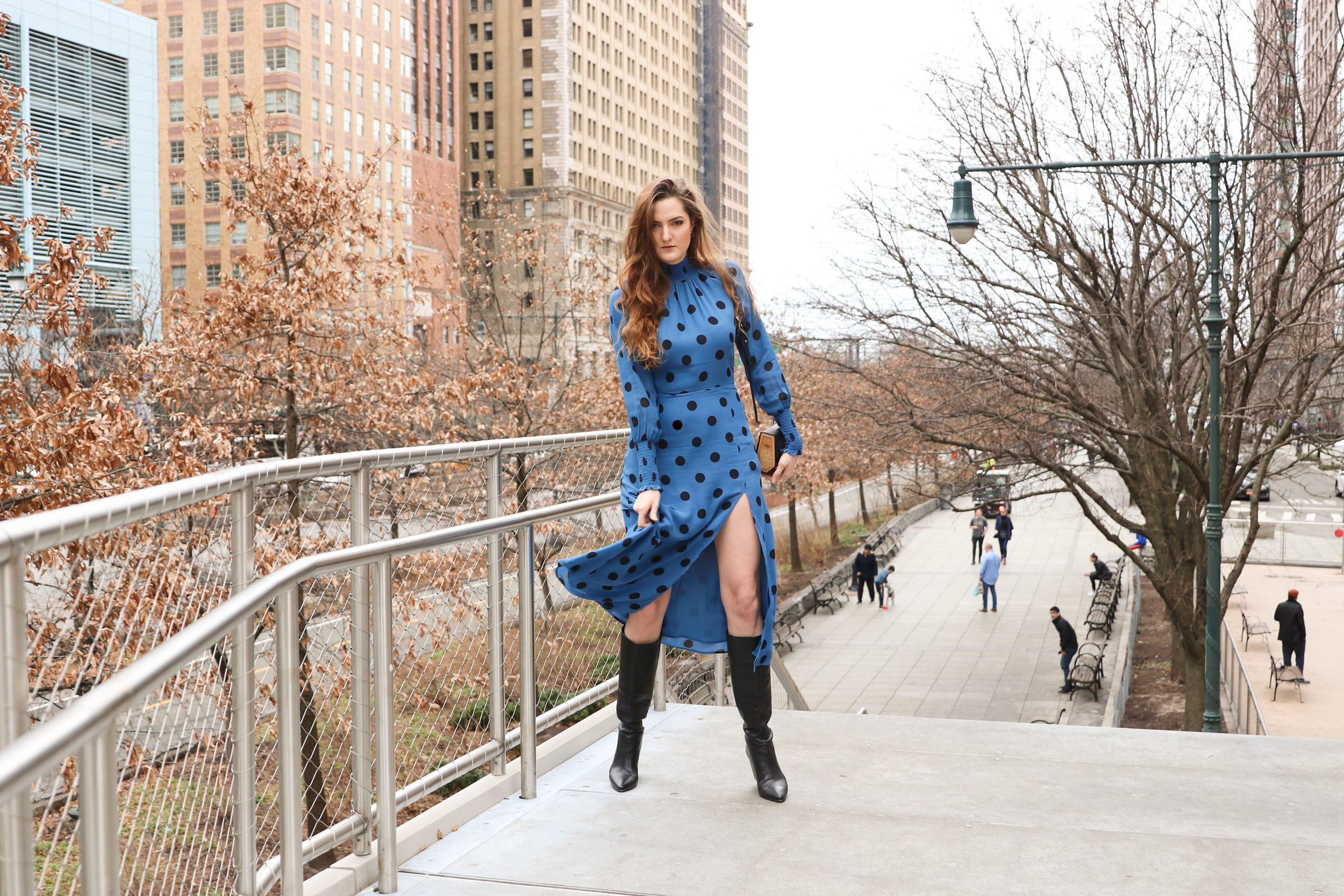
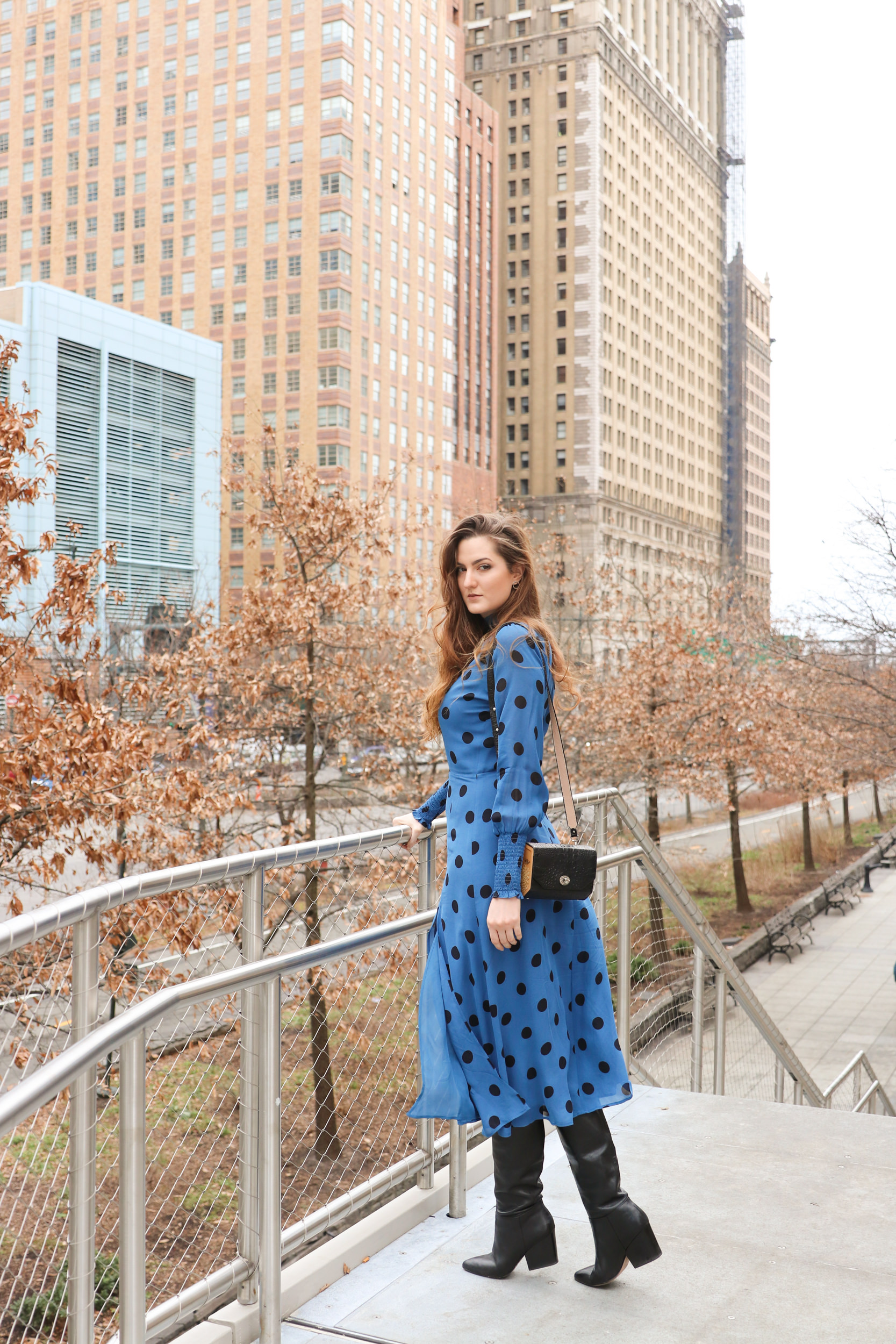
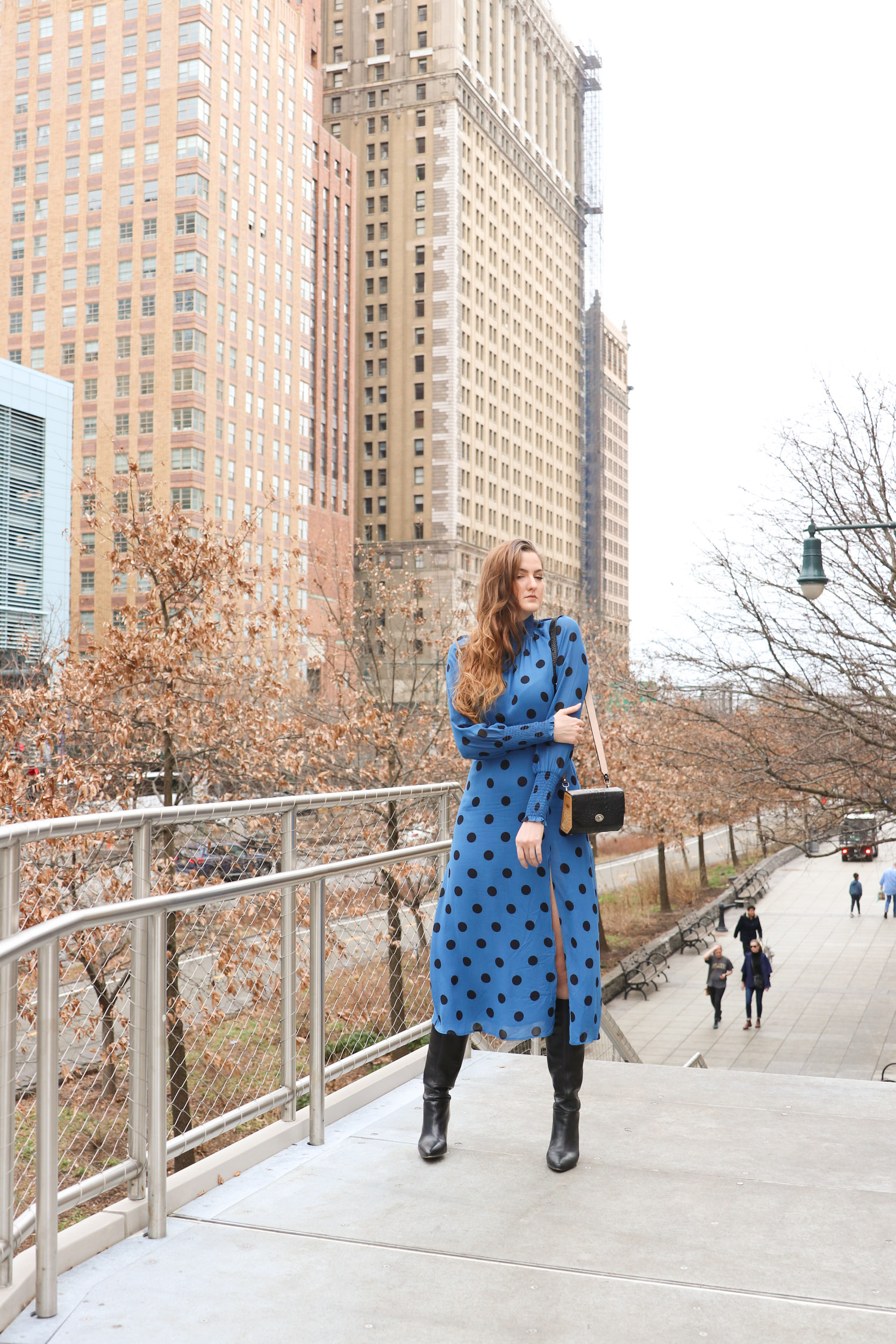
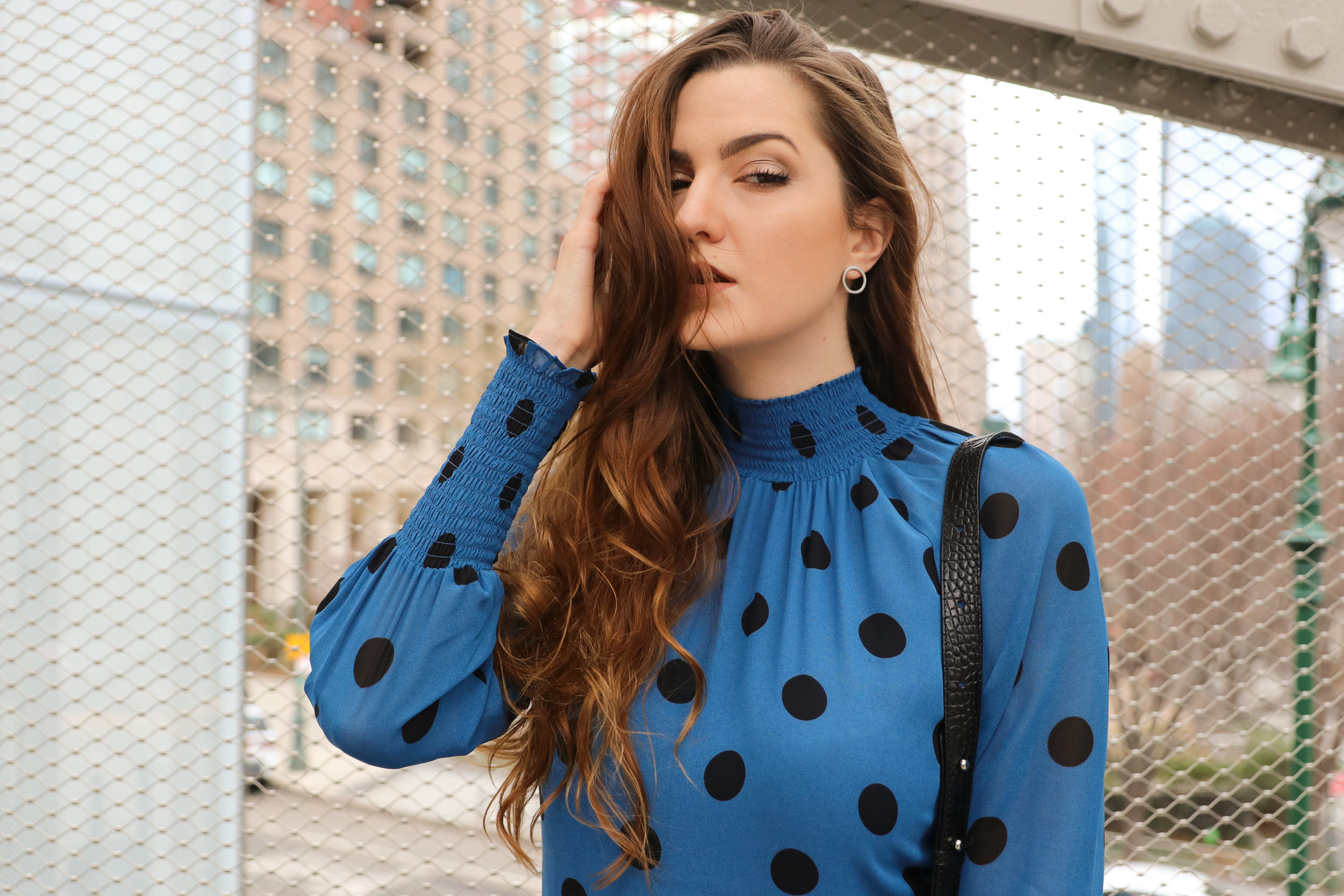
Let’s start a conversation. Tell me a little about yourself and what you thought about the post!
I approach this blog as a diary – taking you on my honest sustainable fashion & lifestyle journey, with sustainability aspects I slowly adopt, struggle with and feel passionate about. I’m building INNABOSE.COM to be an informative, visual & creative resource inspiring even the smallest changes in the world.
GENERAL BLOGGING TOPICS YOU’LL FIND HERE INCLUDE
#sustainablefashion
I’m also a Ukrainian New Yorker – having strong pride and patriotism for both: my homeland 

February 24, 2022 – my digital space shifted to include information about russia’s war on Ukraine, the devastation and destruction my home country is dealing with and the bravery, strength and inspiring spirit they are facing it with. A large portion of my posts today highlight Ukrainian brands, fashion, culture & the strong, incredible Ukrainians making gorgeous clothes you can buy & support local businesses, economy & people fighting for freedom every day. We are also a community who donates to Ukrainian organizations found in any of my recent posts!
#standwithukraine
Inna Bose
One Response
Wow!Your style statement is really admirable. you can visit https://shelorfashion.com/ for lovely collection of dresses